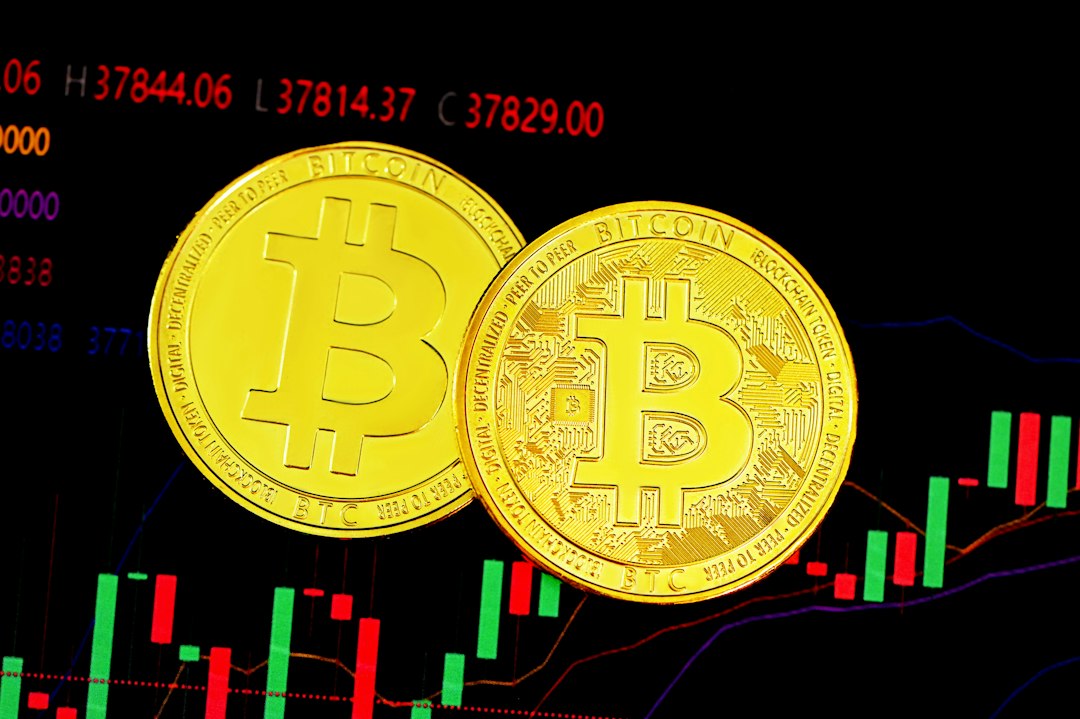The DeFi Sector: A Need for Effective Risk Management
The decentralized finance (DeFi) sector has experienced significant growth and innovation in recent years. However, it has also been plagued by risks and exploits, resulting in substantial financial losses. According to IntoTheBlock, the DeFi ecosystem lost a staggering $58.78 billion from 2020 to 2023 due to these exploits.
Risk Management Challenges in DeFi Protocols
DeFi risks can be categorized into two main types: technical and economic. These risks pose challenges for investors and users in the DeFi ecosystem.
To address these challenges, IntoTheBlock has introduced the DeFi Risk Radar, a tool that aims to provide transparency and risk management capabilities. This platform aggregates DeFi data and offers real-time insights into assets and market conditions.
The DeFi Risk Radar includes risk dashboards with quantitative risk signals for individual protocols and markets. It also provides programmable APIs for monitoring DeFi protocols, allowing users to identify valuable signals and conditions within specific protocols.
Given the high stakes involved in capital deployment in the DeFi sector, tools like the DeFi Risk Radar are crucial for effective risk management.
“Liquidations, slippage, depegging scenarios, impermanent loss, and many others are responsible for significant losses in DeFi protocols every year. Investors deploying capital at scale need ways to model and manage these risks. Because of this, we expect risk management to become a fundamental element in the next phase of DeFi,” said IntoTheBlock’s Head of Research Lucas Outumuro.
However, it is important to approach these developments with caution. While the DeFi Risk Radar offers comprehensive insights, its real-world efficacy is yet to be fully evaluated.
How to Detect Risks In Established Ecosystems
To illustrate the effectiveness of IntoTheBlock’s DeFi Risk Radar, let’s consider the case of Avalanche. This layer-1 blockchain faced a complex risk situation in March 2023.
Avalanche’s ecosystem had protocols that allowed borrowing of sAVAX, a staked version of AVAX. This inadvertently created an opportunity for economic attacks. An attacker could borrow sAVAX, sell it on the open market, and initiate a perpetual short hedge against it. This strategy could trigger cascading sAVAX liquidations and de-pegging from native AVAX.
The DeFi Risk Radar could assist in identifying and mitigating such complex risks. Indicators like the Health Factor distribution and High-Risk Loans are relevant for monitoring liquidatable positions and potential cascading liquidations.
Hot Take: The Importance of Effective Risk Management in DeFi
The DeFi sector has seen significant growth but also substantial risks and exploits. The introduction of tools like IntoTheBlock’s DeFi Risk Radar provides valuable insights into the risks associated with various protocols and markets.
Effective risk management is crucial for investors deploying capital in the DeFi ecosystem. By leveraging tools like the DeFi Risk Radar, users can better understand and mitigate potential risks, protecting their investments and contributing to the long-term sustainability of the DeFi sector.





 By
By
 By
By
 By
By
 By
By
 By
By
 By
By